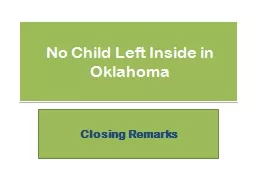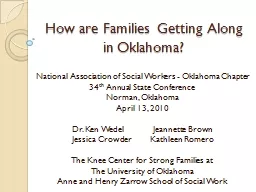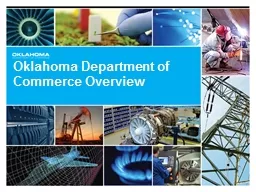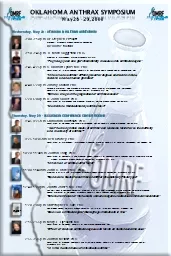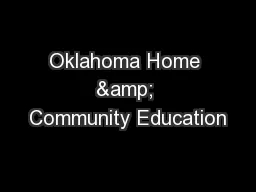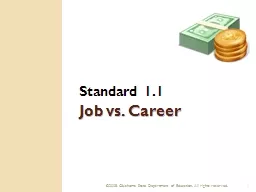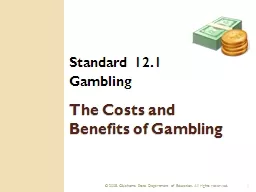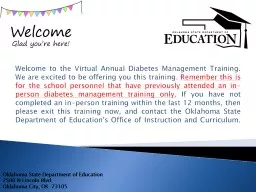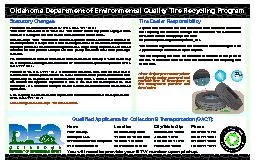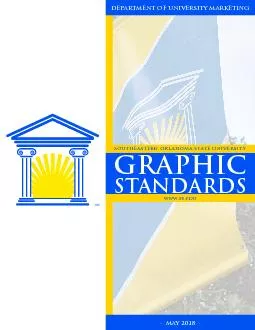PPT-No Child Left Inside in Oklahoma
Author : yoshiko-marsland | Published Date : 2016-08-15
Closing Remarks Provisions of the NCLI Act httpwwwtellinitlikeitisnet200808getemoutsidenochildleftinsidehtml source The requirement that states seeking environmental
Presentation Embed Code
Download Presentation
Download Presentation The PPT/PDF document "No Child Left Inside in Oklahoma" is the property of its rightful owner. Permission is granted to download and print the materials on this website for personal, non-commercial use only, and to display it on your personal computer provided you do not modify the materials and that you retain all copyright notices contained in the materials. By downloading content from our website, you accept the terms of this agreement.
No Child Left Inside in Oklahoma: Transcript
Download Rules Of Document
"No Child Left Inside in Oklahoma"The content belongs to its owner. You may download and print it for personal use, without modification, and keep all copyright notices. By downloading, you agree to these terms.
Related Documents

